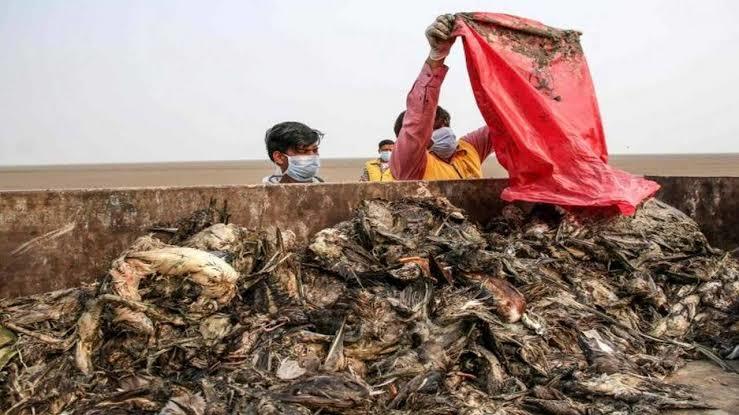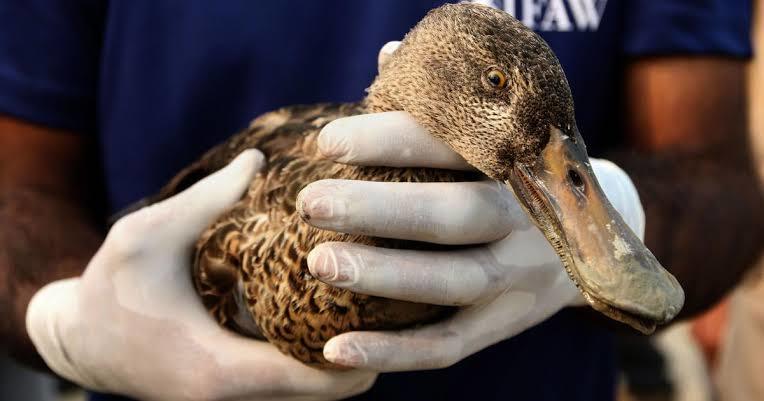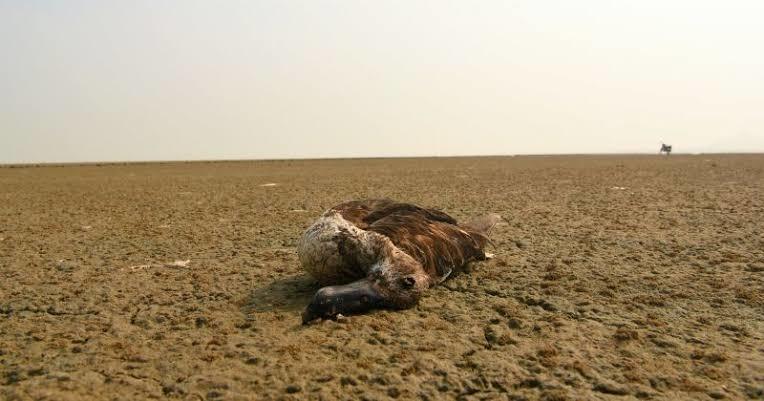For those of you who have watched Superstar Rajinikanth and Bollywood star Akshay Kumar’s magnum opus, Robot 2.0, might agree with me, that underneath all that VFX, glamour and superstardom of both the actors, was a film that actually made you feel empathetic towards birds. Media often glamourizes pets like dogs and cats, but how often do we read articles or feel anything for birds? The scene in the film depicting the death of hundreds of birds in Pakshi Rajan’s nursery, due to radiation of the mobile phone tower, definitely made me choke. Carcasses of migratory birds strewn across the floor, some even gasping for breath, didn’t leave a dry eye in the theatre. Well, unfortunately, this tragic scene is not just a reel issue, it has become a real one as well. Over the past 10 days, around 17,000 migratory birds have died at Rajasthan’s Sambhar Lake. So far there is no clarity about the reason behind their mass death, but officials feel it can be due to avian botulism, a fatal disease caused due to ingestion of toxins.

What’s In It?
Rajasthan Sambhar Lake is India’s largest inland salt lake. With a catchment area of 5,700 square km, it’s spread across 230 sq km. This lake attracts thousands of migratory birds every year. Around 83 varieties of water birds frequent this lake like the great white pelican, little cormorant, darter, black stork, geese, egrets, herons and great crested grebe to name a few.
Also Read: Rajasthan Chief Minister Calls To End Ghoonghat System
And now, birds of around 25 to 30 species have been found dead in this lake. This includes a grave list of Brahminy duck, tufted duck, Kentish plover, and northern shoveller. On November 10th, visitors at Sambhar Lake witnessed a large number of dead birds. Over the next few days, the carcasses increased. The Rajasthan government buried around 17,000 bird carcasses to prevent the spread of infection. Officials were even able to rescue around 700 birds, where 400 were alive as of Wednesday.

What’s More?
The seemingly good news is that the number of dead birds being found each day is on a decline now. From around 3000 to 2000 burials that took place on November 15th to 16th, the count has reduced to around 400 by November 20th, as per the officials at Sambhar Lake. But combing operations are still on.
So what is the cause of death? The historical data of classical clinical symptoms, postmortem findings, epidemiological observations suggest that it’s avian botulism as per a report by the Apex Centre for Animal Disease Investigation, Monitoring and Surveillance at the College of Veterinary and Animal Science under the Rajasthan University of Veterinary and Animal Sciences (RAJUVAS), Bikaner. Well, all we can hope and pray is that the cause that the exact cause can be found as soon as possible, and action can be taken accordingly to prevent such happenings in the future. Check out Gujarat Zoo Near Statue Of Unity To Become Home To Animals From 17 Countries!
First Published: November 21, 2019 5:15 PM



